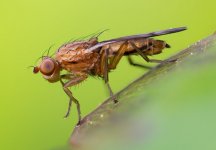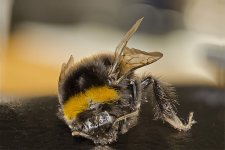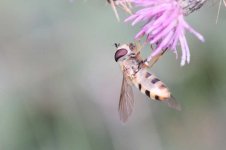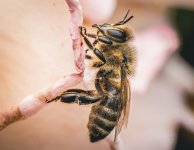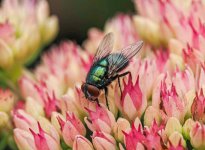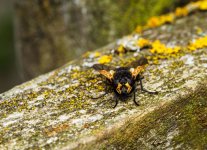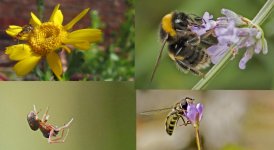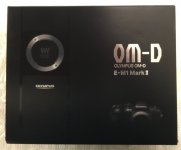So, I mentioned this earlier in the thread, but this might be a good time to repeat it.
I do wonder if you are overthinking the DOF and focus thing. At this stage you might want to just think about practicing technique. Don't worry about DOF or focus stacking.
It's in the nature of the beast that you will take many photos to get one keeper. I doubt that will change if you complicate it with focus stacking.
Once you have basic techniques nailed you can then consider all that stuff.
These are just my thoughts that I offer for consideration.
View attachment 413948
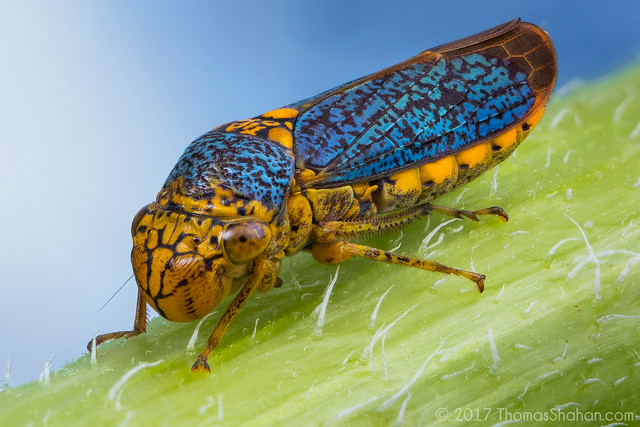 and the video he did....
and the video he did....


